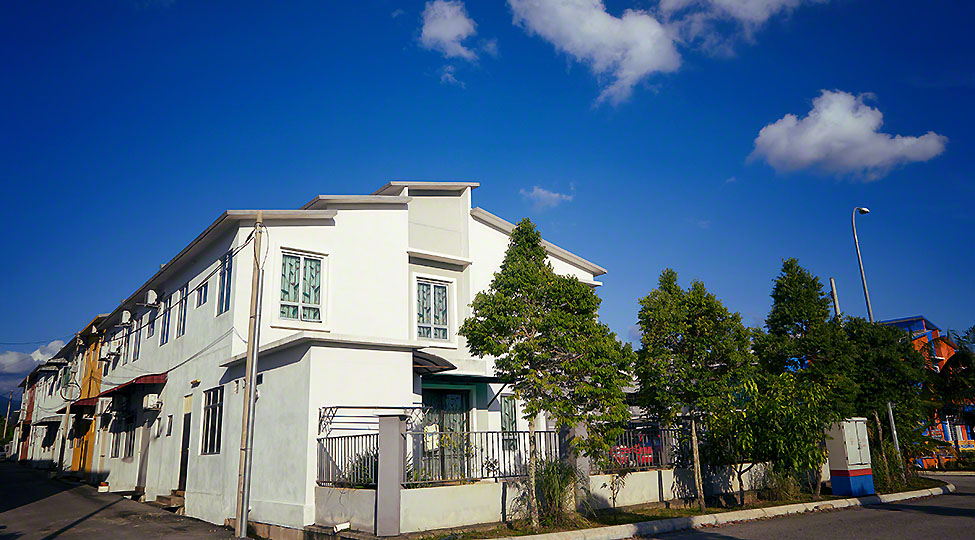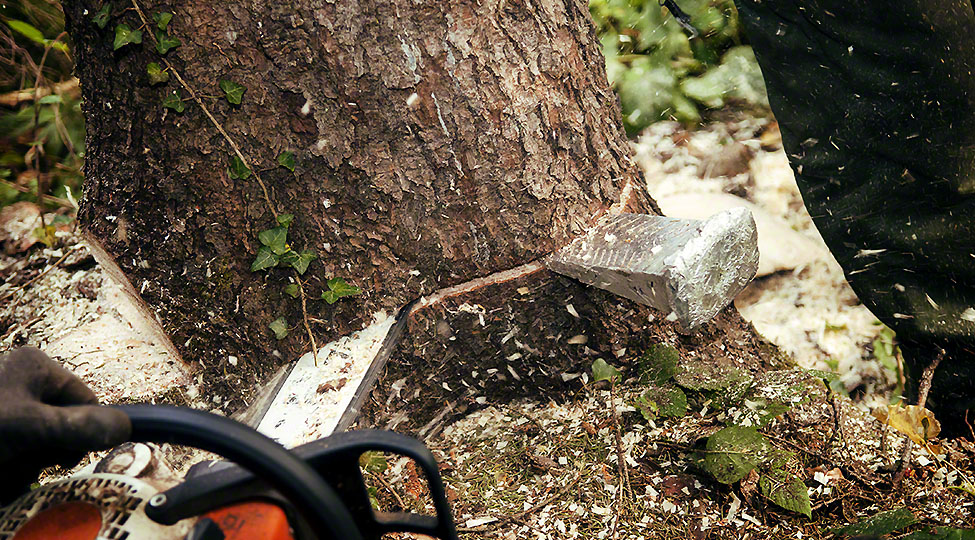There comes a point in every homeowner’s life where they would like to make several minor additions to their property. According to some, adding a few inches to their house is not possible without putting in a lot of time, effort, and money. The good news is that we are going to make this home addition design possible for you. Below we will discuss bump-out additions and how they can help add value to your property.
What Is A Bump-Out Addition?
The bump-out concept is relatively new but consistently gaining popularity. Typically, the bump-out process does not require foundation work. You work with the existing foundation and make important modifications to make some room. Overall, it saves quite a lot of time and money while allowing the homeowners to add extra space.
Most people tend to confuse a bump-out and room extension. The biggest difference between the two is the size. While bump-outs are minor, usually a few meters small, room additions are relatively bigger. In addition to that, micro additions rarely require heating or cooling.
How Big Can You Make A Bump-Out Addition?
When it comes to deciding how big you can make a bump-out addition, the most important factor is the existing floor joists of the house. The bigger the size of the protrusion, the bigger should be the bars. According to several experienced home contractors, a floor joist can be as much as four times deep as the joist.
Furthermore, bump-out home additions are mostly made to the first floor of the home by the homeowners. However, that does not restrict you to the second floor. Depending on the construction materials used, you can add several meters if required.
Reasons To Add A Bit Of Extra Space
While cost saving is one important factor of bump-out additions, there are several others that make homeowners opt for them over room extensions. Perhaps the biggest reason is that most homeowners require only a few feet additions. However, for a bump-out addition, you need a building permit.
Therefore, before you begin the bump-out addition process, you need to check in with the local authorities and consult the construction officials as well to avoid legal problems. If your house is already too close to the property boundary, it might be relatively difficult to accommodate a bump-out addition.
How Much Does A Bump-Out Addition Cost?
According to several estimates, a bump-out addition on average costs between $86 and $208. If that is the case, a typical bump-out addition can cost $20,000 or more. However, since bump-out additions lack some of the driving factors that raise the price, a 2-foot micro addition to the kitchen can cost $5,000.
You might think that a 2-feet addition might not be that much but if you have a 15-foot room, you can easily add 30 square feet. This is enough to add a breakfast table.
Why Are Bump-Out Additions Cheaper Than Full Additions?
There are several factors that make bump-out additions comparatively a lot cheaper than full additions. The size is perhaps the biggest factor. However, several other important factors come into play as well such as the lack of foundation work. Other important additions including plumbing, wiring, and HVAC pipes depend on the function and size of the additive, which homeowners usually do not need.
Pros And Cons Of Bump-Out Additions
Homeowners opt for bump-out additions, particularly for two reasons. First, is if they wish to make a minor addition to their house, and second, for adding a bit of value to the property. If you intend to live in your house without planning to sell it soon, opting for a bump-out addition is going to be a wise decision.
However, if you intend to add a bit of value, then bump-out additions do not contribute much. Therefore, you need to think it through and define the purpose you seek.
Final Word
Finally, when it comes to bump-out additions, you should always hire a professional architects builders DC. If the addition is not done properly, the structure of the property will be compromised which you definitely won’t want to happen. And to avoid serious complications, make sure you follow building codes and local rules & regulations.

